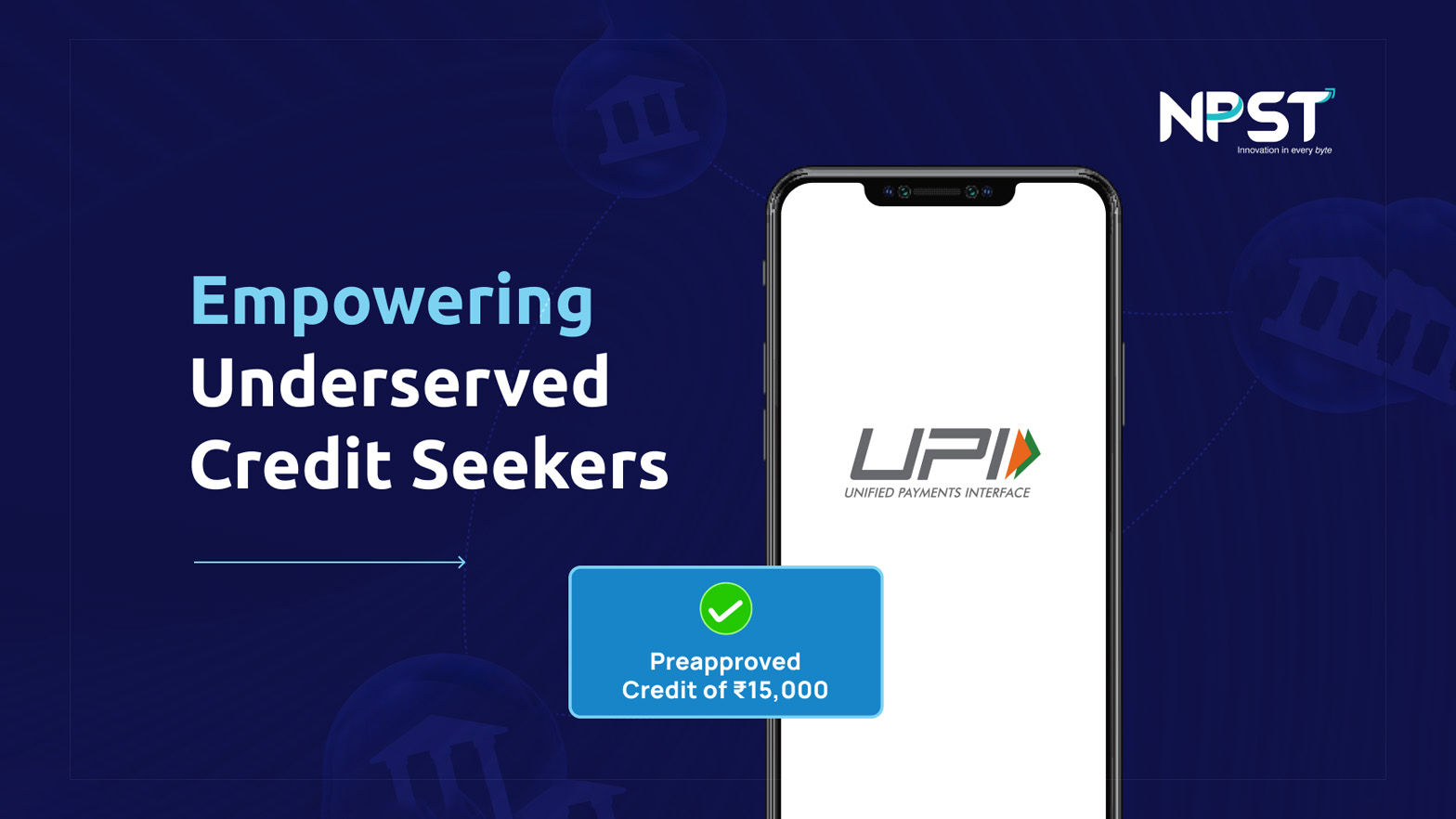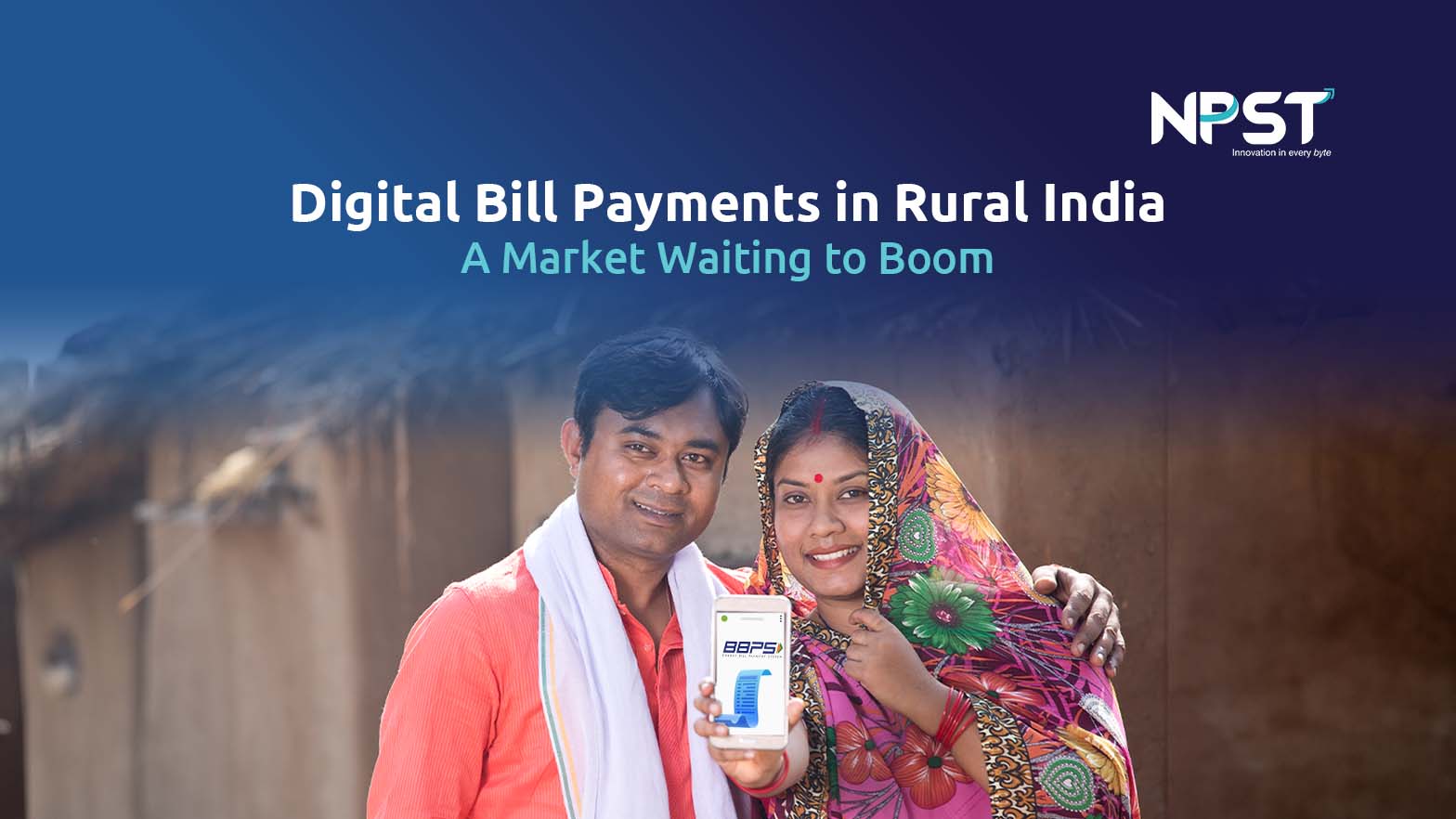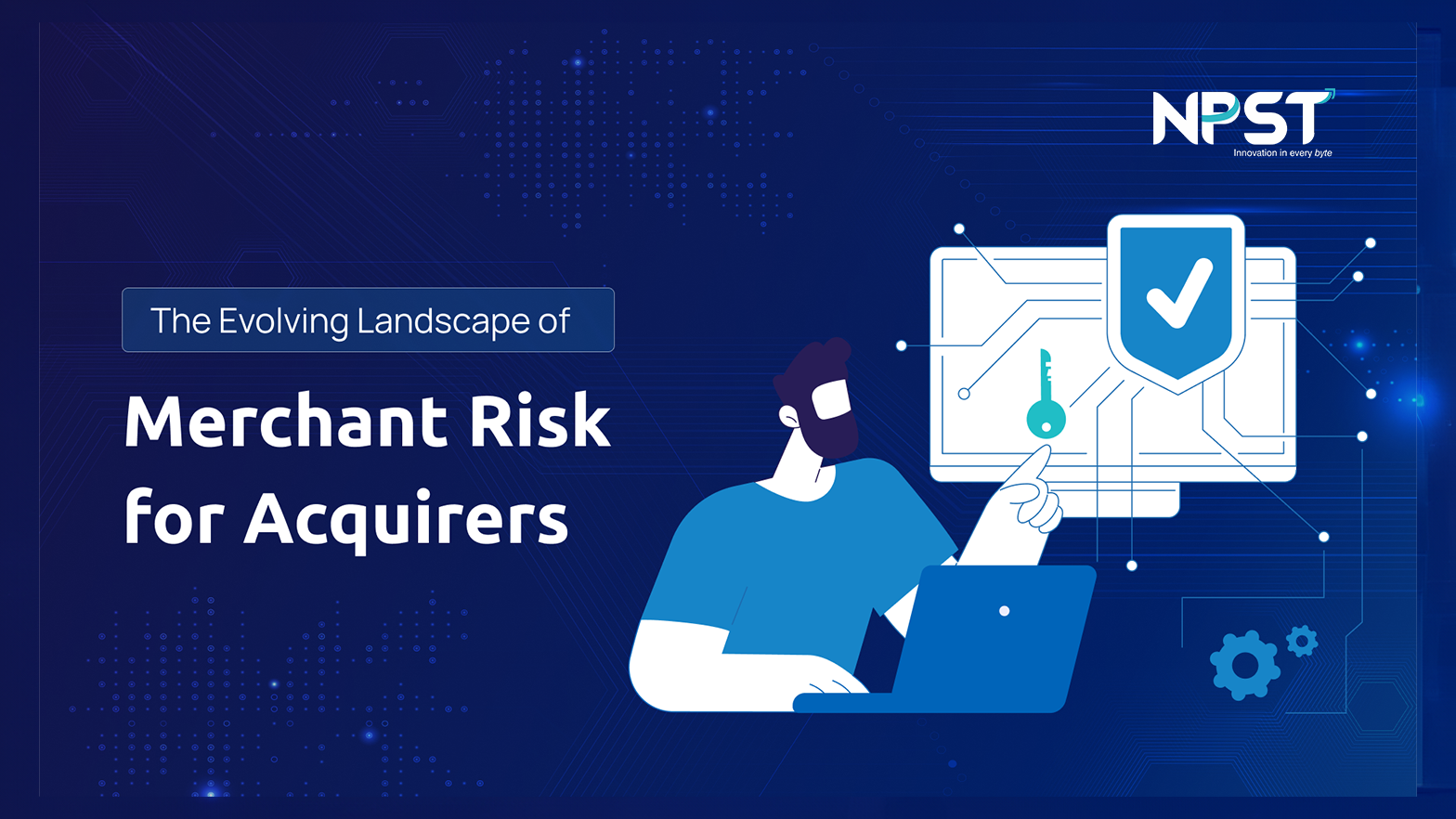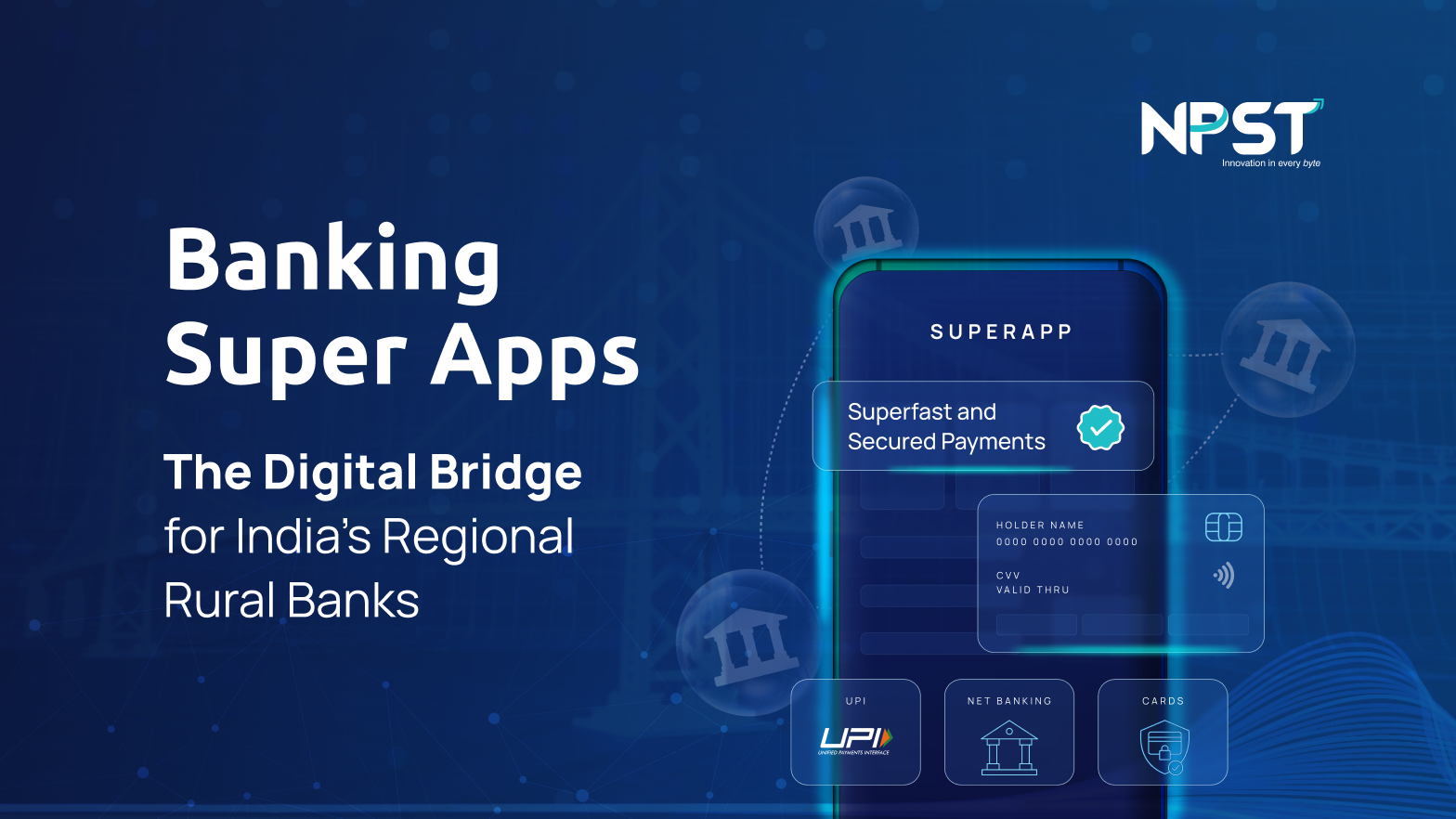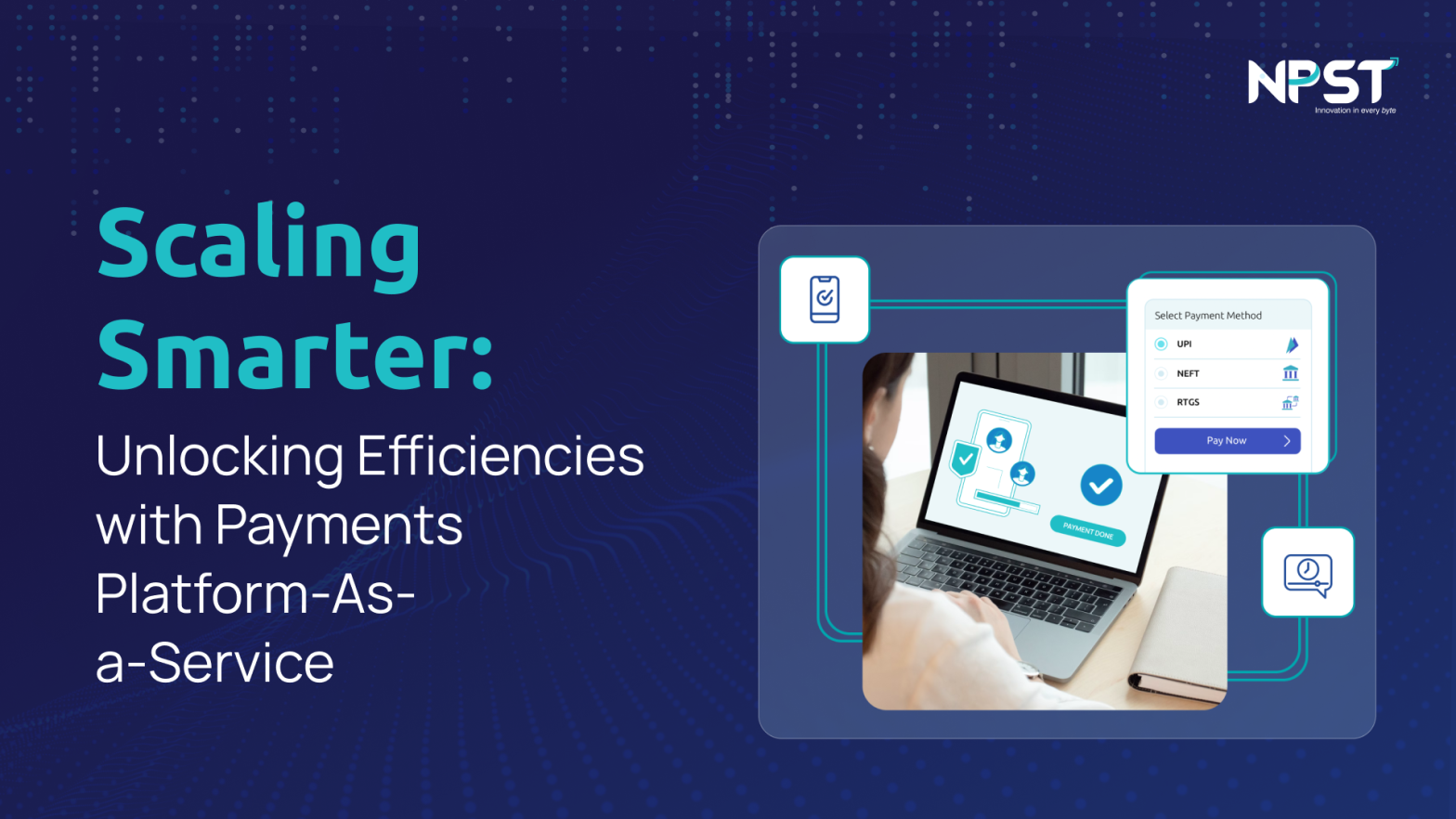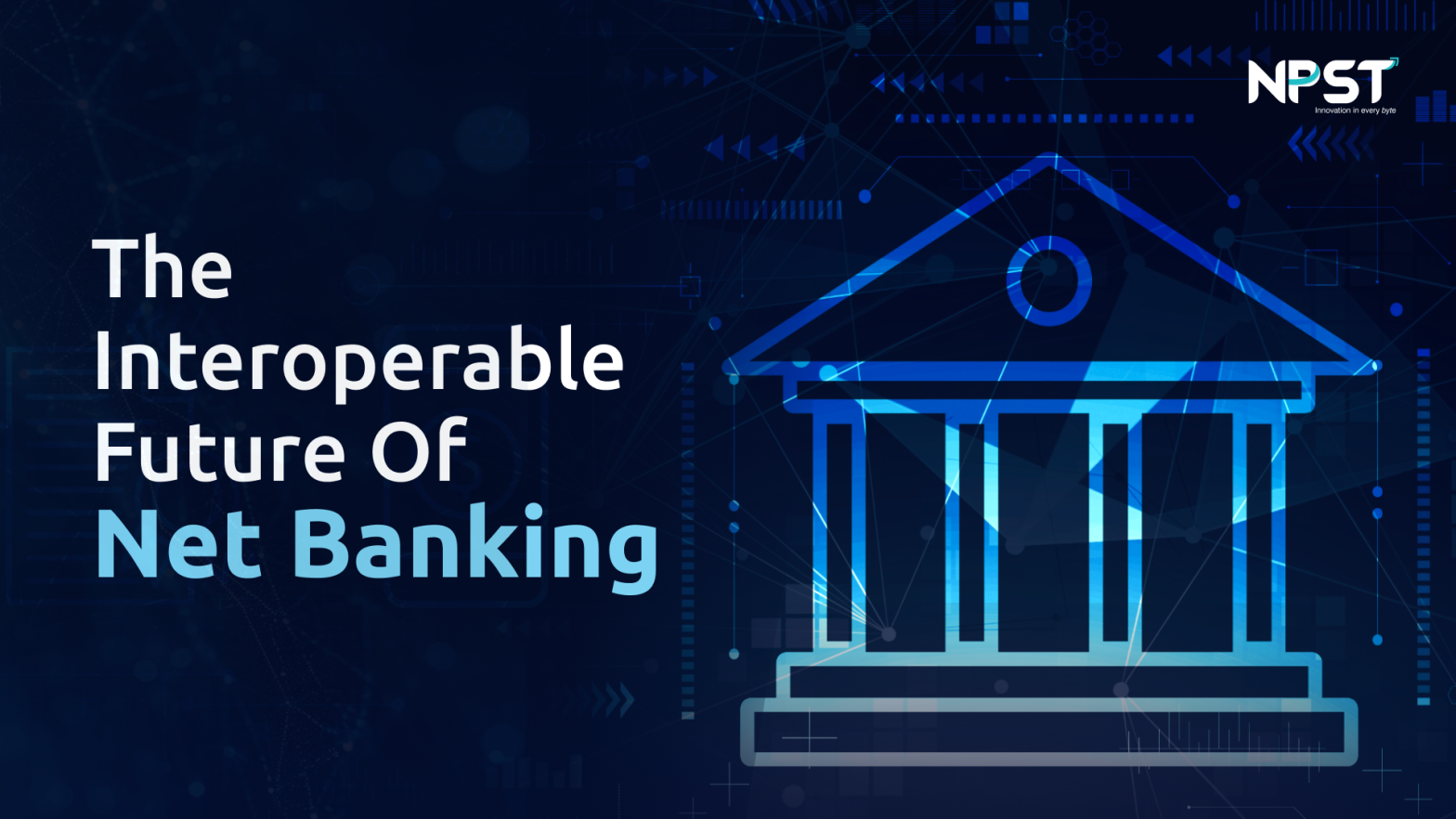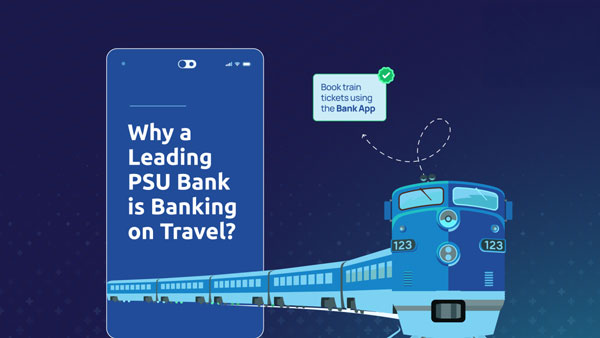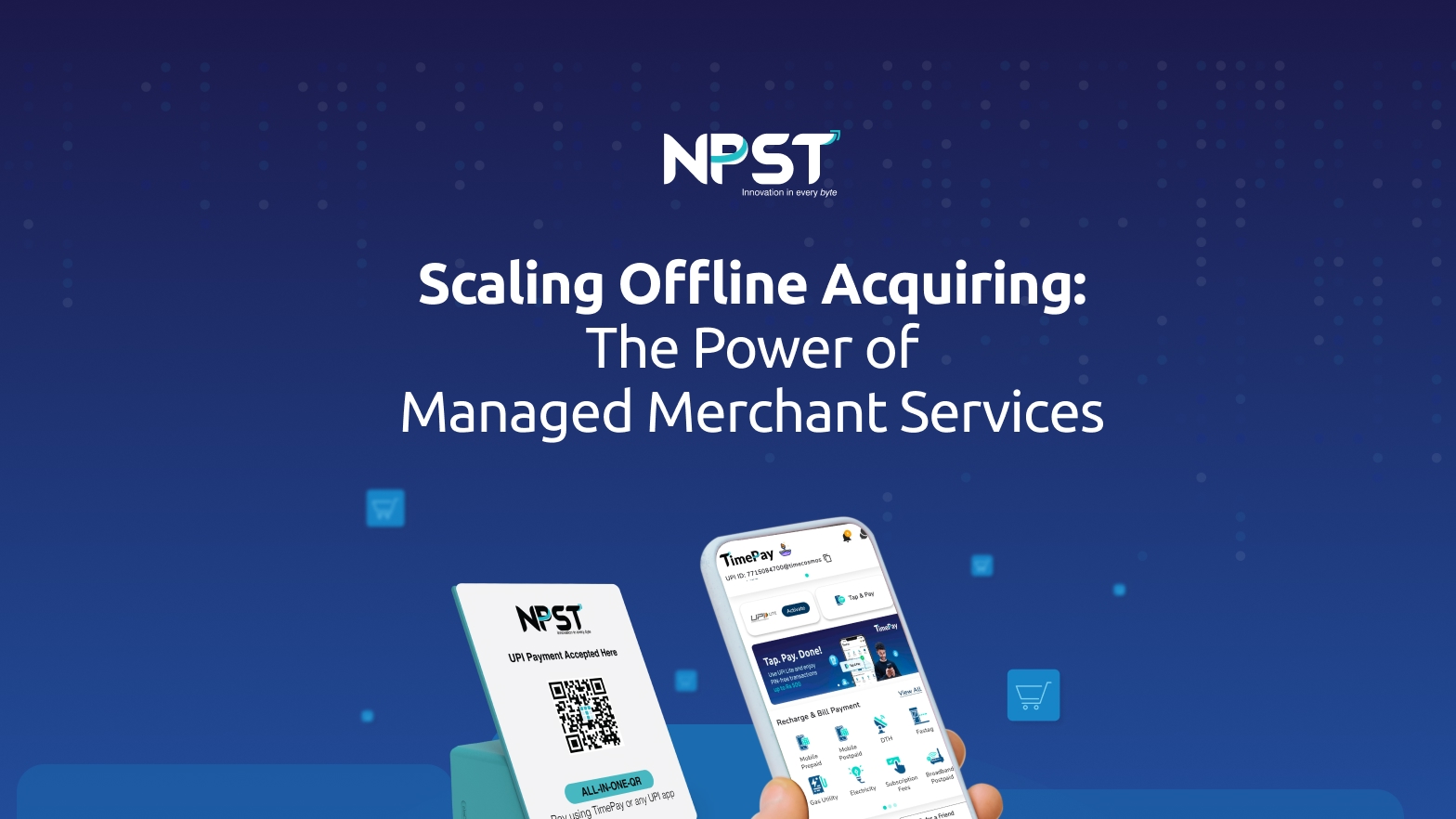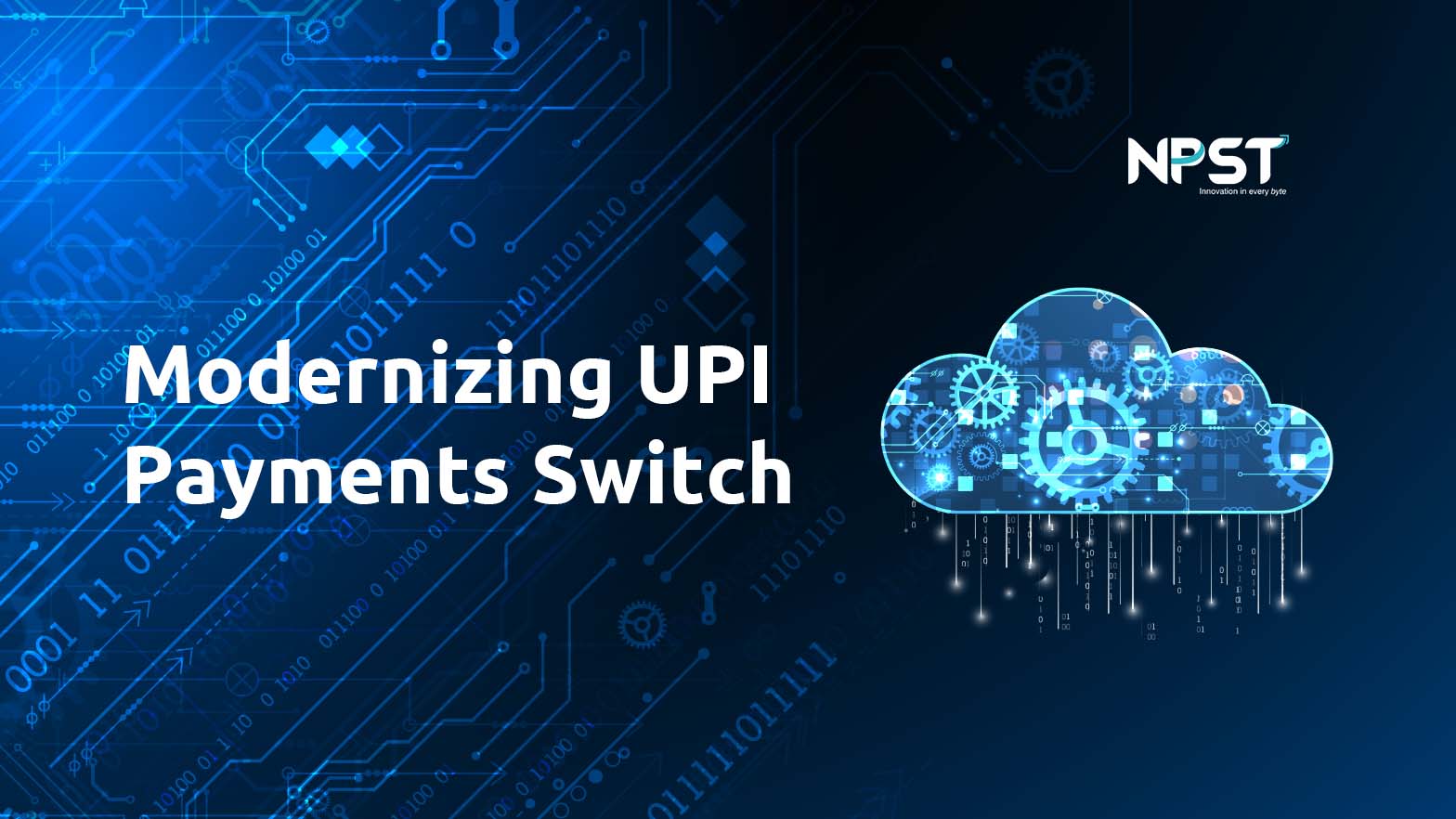Banks that focus on long-lasting, holistic relationships will find new growth paths. But time is ticking. The Fintechs and BigTechs are moving fast, and every bank today has the choice either to invest now or pay later as customers look elsewhere for banking products and services.
How can banks act now to deepen engagement through integrated products and services?
Investments in building a digital brain
One of the biggest assets for any bank was the veteran branch manager. They would get to know customers on a personal level and use that knowledge to provide financial advice and exceptional service. One of the hallmarks of that service was continuity—customers didn’t have to start from square one with every interaction with their bank. Their branch manager remembered them.
Customers generally find digital banking experiences devoid of emotion. Building a genuine human connection through a smartphone is a tremendous challenge—and a vital one to address. Though banks today know more about their customers than ever, they have a hard time putting all that information together to provide continuity of experience. As an example, I frequently receive calls regarding pre-approved loan offers from a top-tier private bank. However, despite maintaining a salary account with the same bank for the past decade, I have not been proactively contacted by the bank to provide tailored money management advice.
Banks must learn from this and collaborate with the customers to build connections with trust. Few banks reward their customers for the total relationship customers bring to the bank—the number of products and services they use or the transactions they conduct with a bank.
Current core banking systems actively resist yielding actionable insights. Most data remain locked behind convoluted coding, without a user-friendly structure. Exploratory analysis can be glacially slow, awaiting specialized IT tickets and losing relevance after delivery delays. With advances in AI, a “digital brain” can solve this problem. Banks hold uniquely valuable behavioural data detailing exact lifestyle preferences through spending patterns — if their teams could access the insights. This is a new way for banks to obtain, structure and use customer data their own data with that of partners and other sources to build a complete picture of each customer’s attributes and interactions. This creates a digital memory of the customer in the same way a bank manager would.
Focus on targeted, integrated propositions
Customers today move between channels quickly and intuitively: research online, review comparison sites and social media for information costs and performance, chat with a bot for an in-depth discussion or negotiation and finalize the transaction back on mobile. Throughout their journey customers want to be identified as unique individuals and demand consistent experiences, regardless of the channels or devices they use to interact.
One of the biggest reasons that the banking customer experience is so fragmented today is the product-centric and siloed channel approach most banks take. The “bank of the future” needs to align with customers’ existing lifestyles and experiences rather than being product centric. Meeting these consumer expectations necessitates integrating disparate digital and physical channels into a single, seamless experience will get an edge over competition. By taking a page from the big tech playbook, banks that can build holistic offerings that connect credit, debit cards, deposits, mortgages and other products through both physical and digital touchpoints.
As an example, customers availing home loans can be proactively contacted by the bank for mortgage insurance, discounted offers on home interior services. This creative application of intelligence feels magically personal, deepening emotional loyalty beyond transient transactions or intermittent financial tips. The ability to scale such thoughtfulness exponentially is a great way to build more durable connections with customers.
The banks that start investing in integrated product propositions that bundle a series of products around deposit customers to reward customers for total value of all products and services will come out ahead.
Open APIs have become the standard of collaboration in an increasingly busy financial ecosystem where banks, neobank, fintechs, payment disruptors and the ecommerce and technology giants strive for dominance in different parts of the banking value chain; a value chain that has fragmented along manufacturing and distribution.
Embedded Lifestyle Experiences
To win in an open banking landscape, banks need to proactively define their role in the financial ecosystem to create new value for customers. A result of the open banking revolution, embedded finance is a massive force for change, bringing into the distribution of banking products any market player that has access to customers
Banks are becoming not only banking-as-a-service providers allowing retailers to distribute banking products that they manufacture, but also marketplace orchestrators bringing financial products to groups of customers in partnership with other market participants. Singapore bank DBS, which since 2018 has offered a wide range of partnered consumer experiences through its Marketplace platform. DBS customers can buy or sell cars, find an interior designer, and even take accounting courses through the platform. Embedding fintech directly \into digital banking experience is the best way to deliver market-leading technology and feature functionality directly to customers and members. It empowers banks to control your destiny by creating optionality, managing delivery timelines, and designing and delivering a unique digital experience.
Retooling for Change
Both business requirements and technology are changing much faster than in the past. All of this rapid change and push for innovation means that banks need to be brave and re-engineer their innovation strategies to identify the best way to deliver new products and services to market. Why? The competition from many challenger banks is often borne from a customer need and without the burden of legacy systems and thinking, they are able to quickly iterate to identify the best way to service this need. It is also the driver for letting go of legacy thinking and move toward micro-services architecture and Cloud-based solutions. A structured, well-designed architecture helps mitigate the impact of change. Delivery, testing, and upgrade methodologies and tooling need to help a bank deploy new capabilities smoothly, and partner ecosystems can deliver superior point solutions. Technology teams should check for leading approaches that align best with their way of thinking.
In Conclusion
Today’s banks are more intentional that reactive. They are more digitally savvy and the focus of their digital innovation is shifting from merely becoming the best possible digital version of themselves to invention and innovation. NPST a leading provider of cloud-based digital banking engagement platform Our solutions are enabling Tier one, mid-sized and regional rural banks to reshape the modern banking landscape by delivering bold and innovative digital capabilities.
To schedule a demo contact sales@npstx.com
Explore More
We empower banks and payment aggregators to achieve success at every step of the transaction journey


